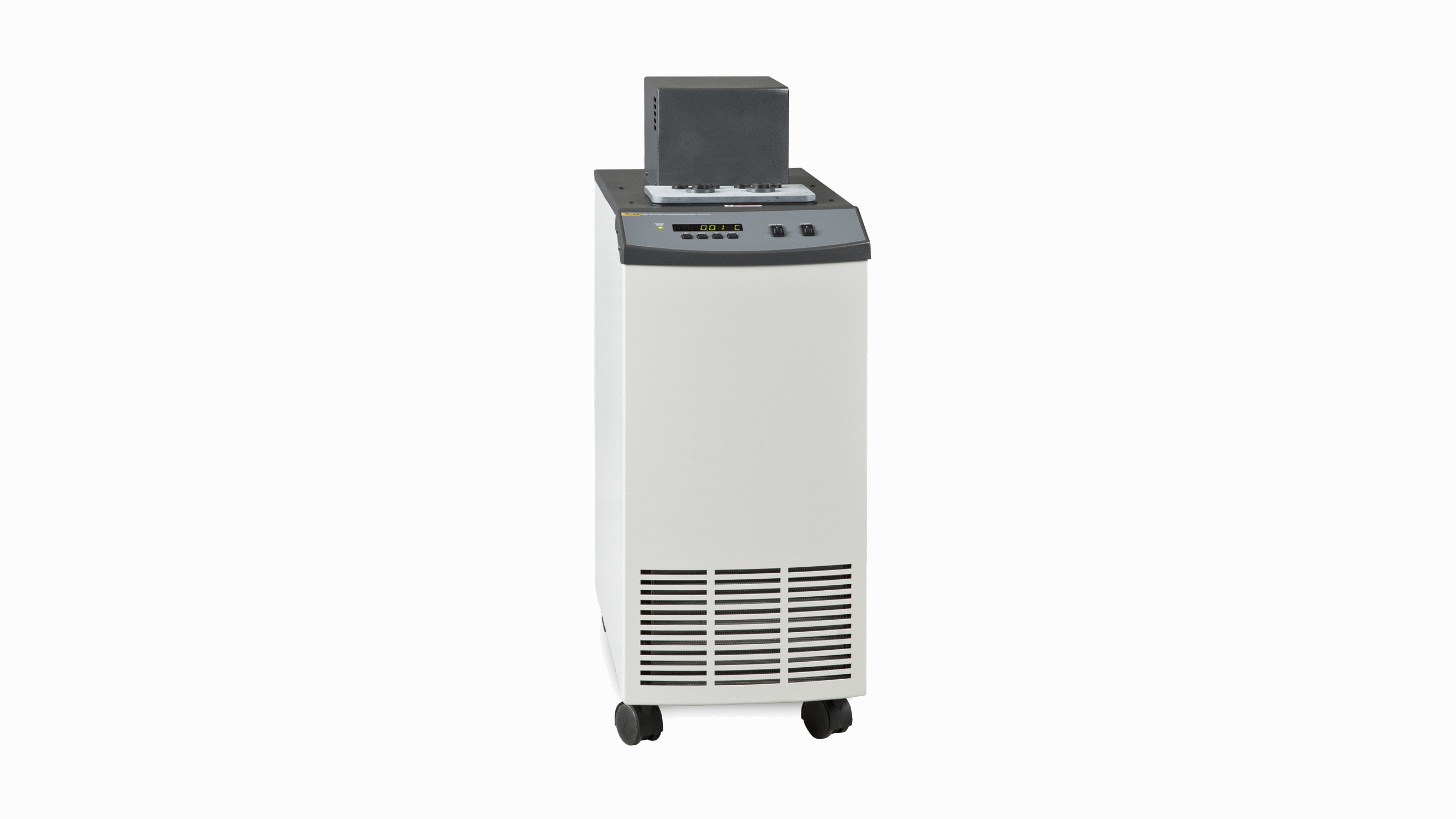It should be sufficient to pour the heating element.
Laboratory water bath maintenance.
Cranson adds place your bath away from high traffic doorways and out of direct sunlight.
Our microprocessor controlled thermo scientific water baths provide superior temperature uniformity for your specific applications and offer unique features such as a seamless stainless steel interior chamber and epoxy coated exterior which make them resistant to corrosion and chemical damage.
You should never use bleach in a misguided attempt to sterilize a water bath because it will corrode the stainless steel interior.
Maintenance for water filled baths it is recommended that the bath is drained cleaned and re filled on a weekly basis to avoid build up of salts and contamination.
Some top tips include the following.
Clean the empty bath with soapy water and a cloth.
5 2 ensure the water level in water bath.
5 3 wash the lid properly with purified water.
Afterwards thoroughly rinse the bath with water to make sure no soap is left behind.
Use only a damp cloth with mild detergents avoiding any corrosive cleaning agents.
Wipe any debris off of the seal and avoid spilling water into the unit to avoid damage to electrical components.
5 2 connect the power supply.
Since almost all laboratory water bath has a digital interface to allow users to set a required temperature usually an indicator light turns on to indicate that the water bath is working.
Regularly adding fresh water will replenish the oxygen which helps maintain the protective chromium oxide layer on the stainless steel.
Keeping the samples in place with racks also helps.
If you can find the user manual for the water bath you should check to see if there are any special cleaning instructions.
Clean the bath with soapy water and a cloth.
Maintenance for water filled baths it is recommended that the bath is drained cleaned and re filled on a weekly basis to avoid build up of salts and contamination.
Once the correct temperature is reached the laboratory water bath turns on and off to maintain a constant temperature.
5 4 switch on the main power supply and instrument mains.
This is especially important if the water is stationary or has been boiled.
Use only distilled water float the sample so the lids stay dry and keep the bath covered as much as possible.
Avoid the use of chlorine containing cleaning supplies such as bleach and abrasive scrubbers because they will damage the bath and cause it to rust.
5 1 ensure that the platform is dry.
Regularly adding fresh water will replenish the oxygen which helps maintain the protective chromium oxide layer on the stainless steel.
5 4 remove the water from the water bath and wash the water bath with purified water and mop with a clean dry cotton cloth.
When the pan is removed for cleaning ensure the unit is unplugged.
It is important to refill the bath with the right kind of water.

